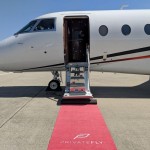Seeing is Believing: Airbus unveils plans for transparent aircraft
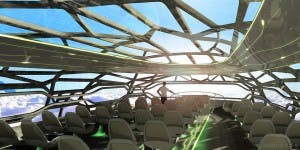
Aircraft manufacturer Airbus has unveiled a new ‘concept’ aircraft with a see-through cabin, which will allow air travellers of the future a thrilling, uninterrupted view while they fly.
Airbus states that the concept could become reality by 2050.
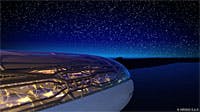
In what reads like a script from a James Bond film, the company describes how at a touch of a button, the cabin walls and ceiling will become fully transparent, allowing incredible 360 degree views.
As with most aviation developments, PrivateFly predicts that the military will bring in the technology first, closely followed by the private aviation industry.
Fully transparent cockpits already exist in military aircraft, with pilots of F16 fighter aircraft sitting in a bubble-style cockpit, giving a staggering panoramic view.
Leading edge technology
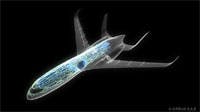
Other details revealed about the Airbus futuristic concept aircraft are focussed on flight and environmental efficiency.
Its wings will be much longer and thinner with the engines embedded inside, thus reducing drag and fuel consumption – and providing lower emissions and noise pollution.
The conventional T-tail has also been re-shaped into a slick U shape, which gives the impression of being more spaceship than aircraft.
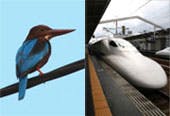
The concept aircraft’s cabin is to be a bionic structure that replicates the strength and efficiency of bird bone.
This use of bio-engineering to replicate animal structures in transport is not new. Indeed the designers of Japan’s new bullet trains redesigned its nose to reduce noise and improve fuel-efficiency by 20%, by borrowing nature’s design for the Kingfisher’s beak.
The Airbus concept aircraft is still many years away from take-off, though who knows what developments will overtake it in the meantime?
The world of aviation is truly developing at an astounding rate. Who could have predicted that just 108 years on from the Wright brothers first airborne endeavour, Virgin would be just a year away from operating the first passenger space flights?
So in fifty years from now, prepare to expect the unexpected.
Aircraft design images copyright of Airbus
Related content
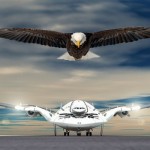
How animals inspire aircraft design
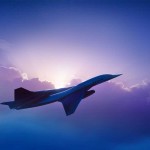
Aerion Supersonic reveals new AS2 design
